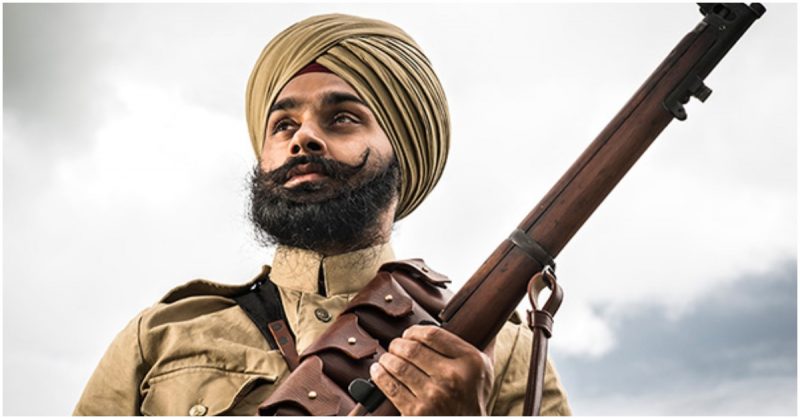During the late 1800s, the Jodhpur Lancers became one of the best-known and most glamorous regiments in India.
During the First World War cavalry became largely irrelevant in warfare. Machine guns, repeating rifles, and the advent of trench warfare made the battlefield almost impossible for mounted attacks. But, in September 1918 the Jodhpur Lancers, one of India’s elite cavalry regiments, attacked German and Turkish defenses in the Mediterranean town of Haifa in what has been described as the last great cavalry charge in history.
Pratap Singh was born in October 1845, the third son of Maharaja Takhat Singh, the ruler of the Princely State of Jodhpur in northwestern India. Pratap Singh learned to ride and shoot when he was a young boy and served in the British Army during the Second Afghan War in the late 1870s.
Singh’s experiences led him to become interested in the notion of forming an army for the State of Jodhpur. Although the state did have what passed for an armed force, it was ill-disciplined and almost completely without training. Singh decided to form his own regiment of lancers.
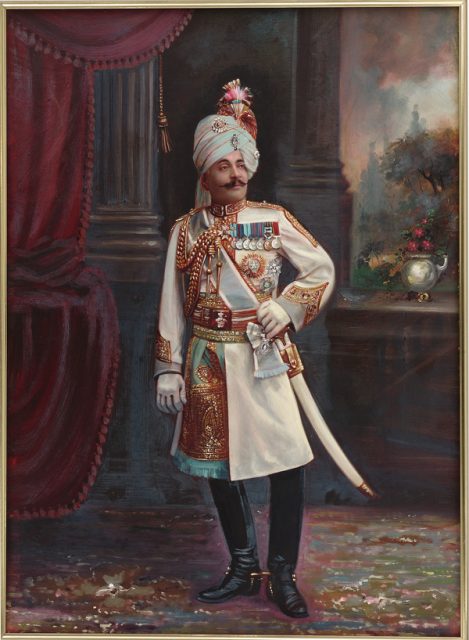
With his father’s agreement, he provided horses, weapons, and uniforms for sixty of his followers, while Singh was appointed Lieutenant-Colonel of Cavalry. In 1889, the colonial Indian government requested that each Princely State should raise military units to serve with the Imperial forces.
Singh’s small force rapidly expanded into a regiment of three hundred mounted men, named the Sardar Rissala (Jodhpur Lancers).
During the late 1800s, the Jodhpur Lancers became one of the best-known and most glamorous regiments in India. They adopted the motto Jo Hokum (I obey) and the wealth of the Maharaja ensured that the unit was always superbly equipped and mounted.
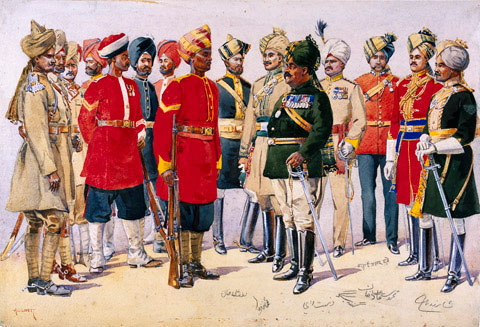
Meanwhile, the regiment’s polo team became very successful and traveled as far as the United Kingdom to participate in competitions. Additionally, Pratap Singh mingled with some of the most senior officers in the British Army and with members of the British Royal Family who often visited Jodhpur.
https://youtu.be/zZ8-W9dKkbs
Although the Lancers were involved in occasional actions against rebellious tribes, what Singh wanted more than anything was to lead his men into action on behalf of the British Empire. In 1900 he got his chance–the Jodhpur Lancers were ordered to China as part of a multi-national force of British, Russian, Japanese, German, and American troops formed to fight the Boxer Rebellion.
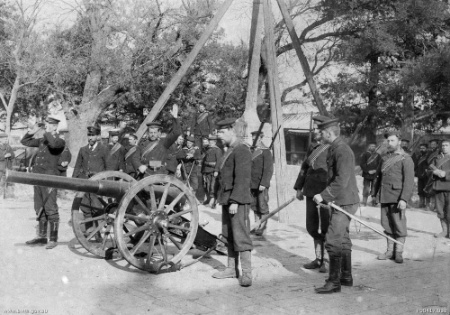
Pratap Singh was leading when the Lancers finally encountered the enemy. However, until he personally killed an enemy soldier, his troops only used the blunt end of their lances since it was important for the honor of the regiment that the commanding officer drew first blood.
This he did, and although the Lancers saw relatively little combat, they performed well. Singh was later promoted to the rank of Major-General and appointed Honorary Knight Commander of the Order of the Bath (KCB).
When the First World War began in 1914, Sir Pratap Singh immediately offered to lead the Jodhpur Lancers to France where he hoped to be allowed to fight the Germans. When he was informed that there was very little chance of any cavalry unit being involved in a charge in the war he replied, “I will make an opportunity!”
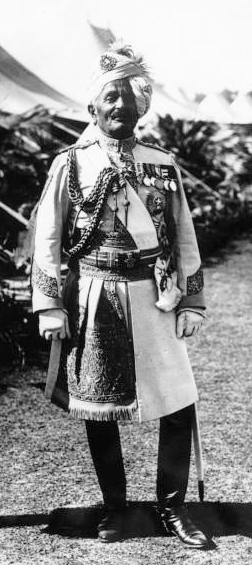
The Jodhpur Lancers arrived in Flanders in October 1914 and remained on the Western Front for over three years. There they participated in several unsuccessful attempts to break through German lines, including at the Battle of Cambrai where they followed British tanks into action.
In early 1918 the regiment was posted to the 15th Imperial Service Cavalry Brigade. With the brigade they were sent as part of an Expeditionary Force first to Egypt and then to the British Mandate of Palestine (present day Israel) where British forces were fighting Turkish and German troops.
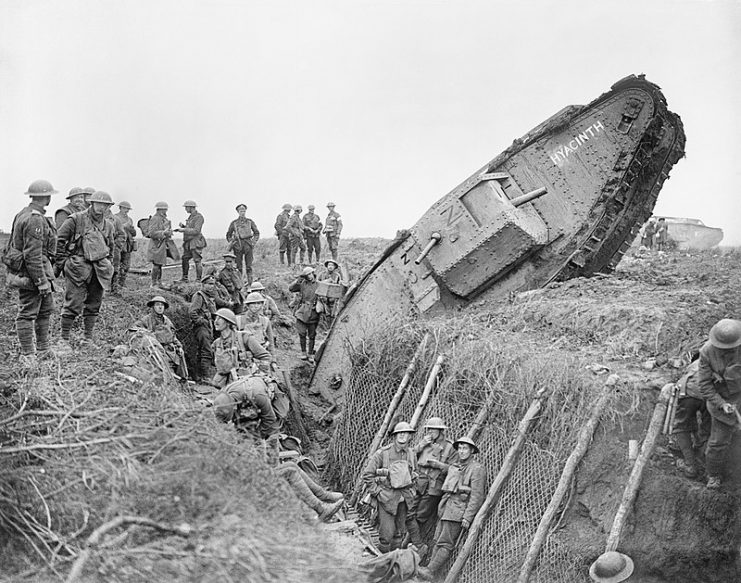
By this time, Sir Pratap Singh was seventy-three years old and many of his subordinates urged him to take a less active role in leading the regiment. Nonetheless, he refused and often spent whole days in the saddle and nights camped in the desert with his men.
During the British advance in September 1918, the Jodhpur Lancers were continuously in action. At one point, Pratap Singh spent over thirty hours in the saddle and the regiment covered more than five-hundred miles in thirty days.
On September 23, 1918, the Imperial Service Cavalry Brigade was ordered to take the strategically important and heavily defended port city of Haifa. Turkish troops had taken up positions in front of the town and were supported by German and Austro-Hungarian artillery on the hills above.
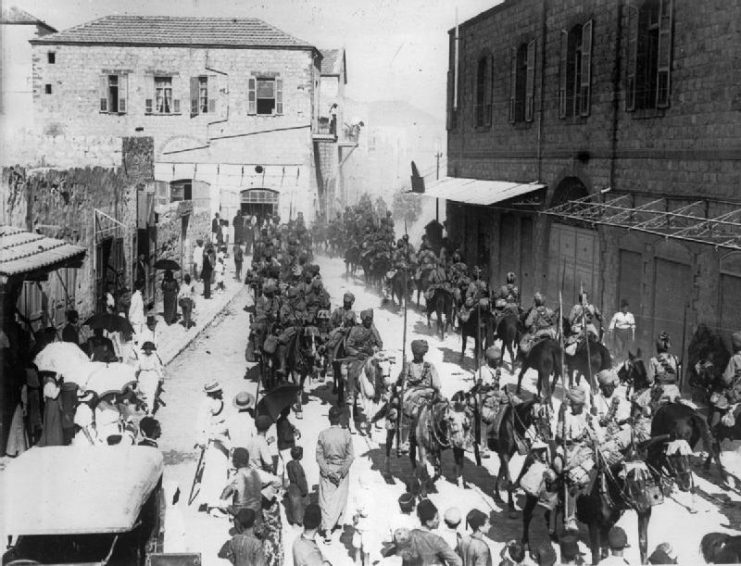
By this time Pratap Singh was ill with a fever exacerbated by exhaustion. In his absence, the Lancers were led by Major Dalpat Singh.
A unit of the Mysore Lancers was sent to attack German and Austro-Hungarian gun positions while the Jodhpur Lancers were ordered to attack the city itself. The four hundred Jodhpur Lancers drew themselves up in a battle formation to the east of the city, 4,000 yards from the enemy. They faced almost one-thousand entrenched Turkish troops protected by barbed wire and covered by at least four machine guns.
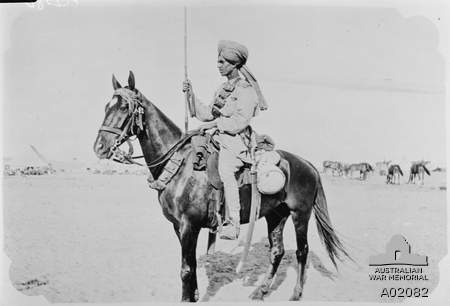
Led by Major Dalpat Singh, the regiment began to trot towards the Turkish lines. Ignoring constant enemy fire, they accelerated to a canter until, as they passed through a narrow gorge close to the entrenchments, they reached the ‘break-in point’ and accelerated into the final gallop. Almost at once Major Singh fell, mortally wounded by a Turkish bullet.
Maddened with rage at the loss of their commander, the remaining Jodhpur Lancers hurled themselves at the Turkish positions. Many men and horses were brought down by the hail of rifle and machine gun fire, but as they smashed into the trench line the survivors wrought terrible carnage with lance and saber.
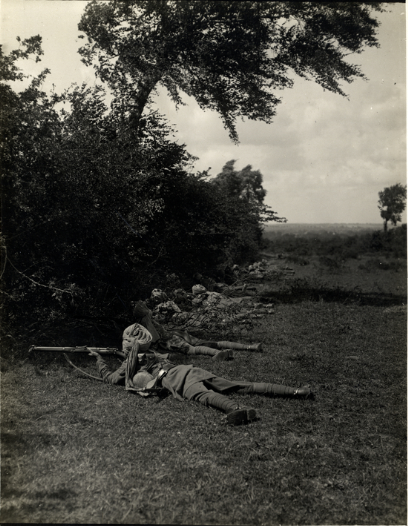
Stunned by the ferocity of the attack, the Turkish troops fled towards the town square with the Lancers in pursuit. A short time later, the defenders of Haifa surrendered en-masse.
After more than four hundred years of Turkish occupation, Haifa was finally in British hands. Seven-hundred Turkish troops were captured along with sixteen artillery pieces and ten machine guns. In the official history of the British campaign in Palestine that was published in 1919, it was said of the charge of the Jodhpur Lancers that “No more remarkable cavalry action of its scale was fought in the whole course of the campaign.”
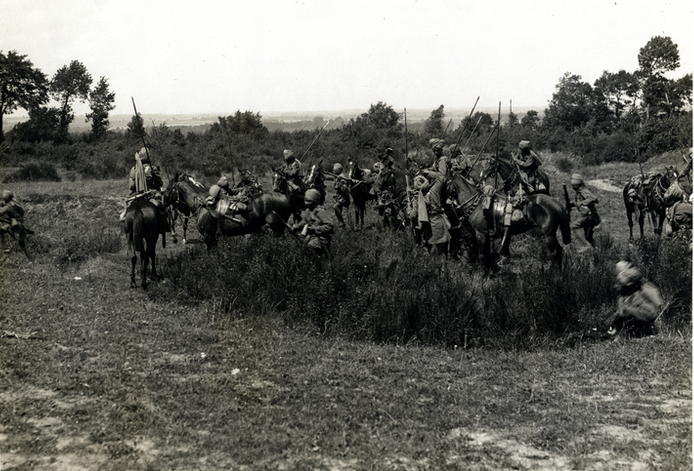
The charge was the last large-scale cavalry action made by the British Army in wartime. The Jodhpur Lancers fought again for the British in the Second World War, but by then they had swapped their horses for armored vehicles. The unit was later absorbed into the Indian Army following independence in 1947.
After the First World War, Sir Pratap Singh returned to Jodhpur where he died in 1922 at the age of seventy-seven. At the time of his death, his full and rather intimidating title was Lieutenant-General His Highness Maharajadhiraja Maharaja Shri Sir Pratap Singh Sahib Bahadur, GCB, GCSI, GCVO.
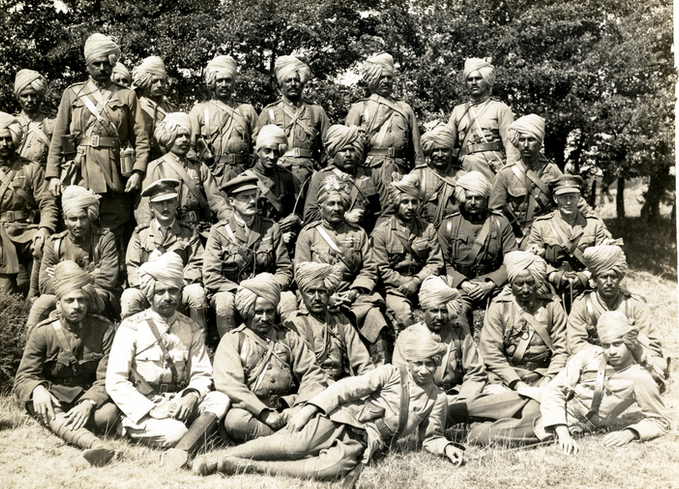
However, perhaps his memory is best served by a description of Sir Pratap Singh provided by General Harbord, a friend and the Commander of the Imperial Service Cavalry Brigade:
“I have always looked upon him as the finest Indian I have ever had the honor to know–loyal to the core, a sportsman to his finger-tips, a gallant soldier and a real gentleman.”
